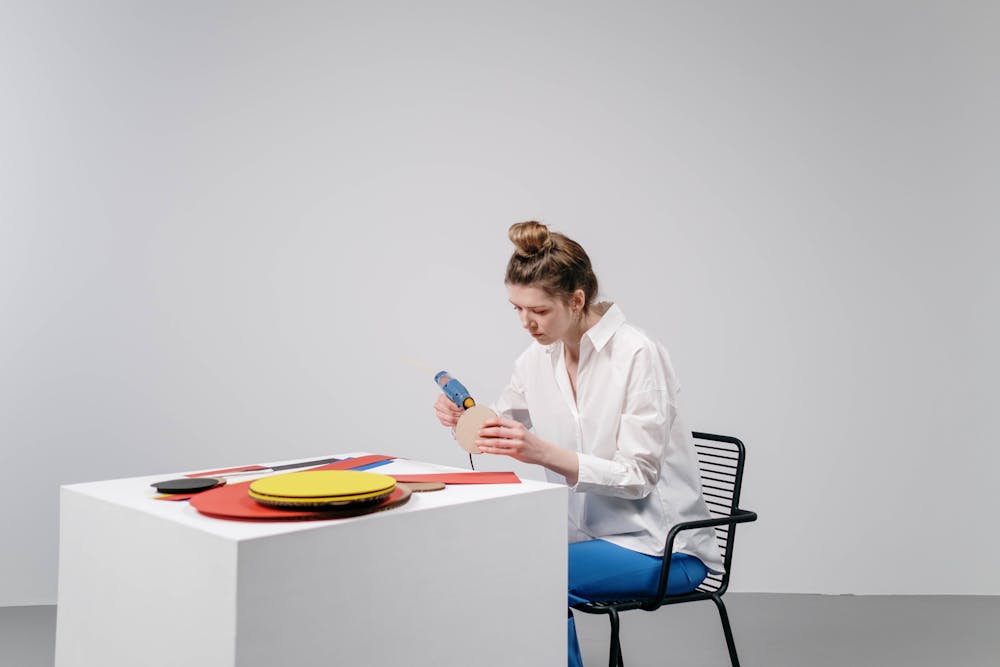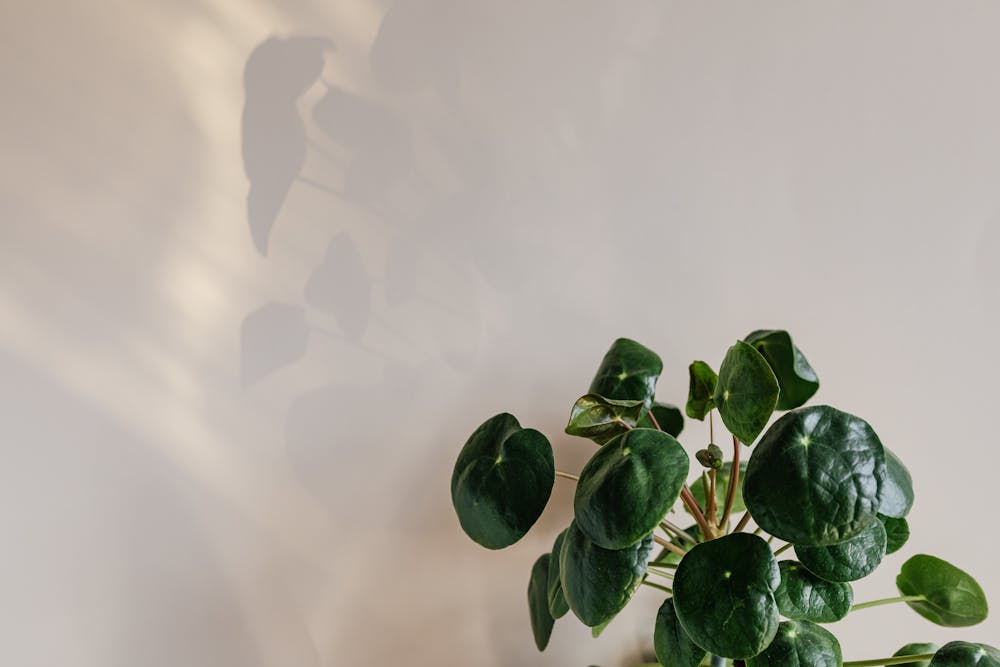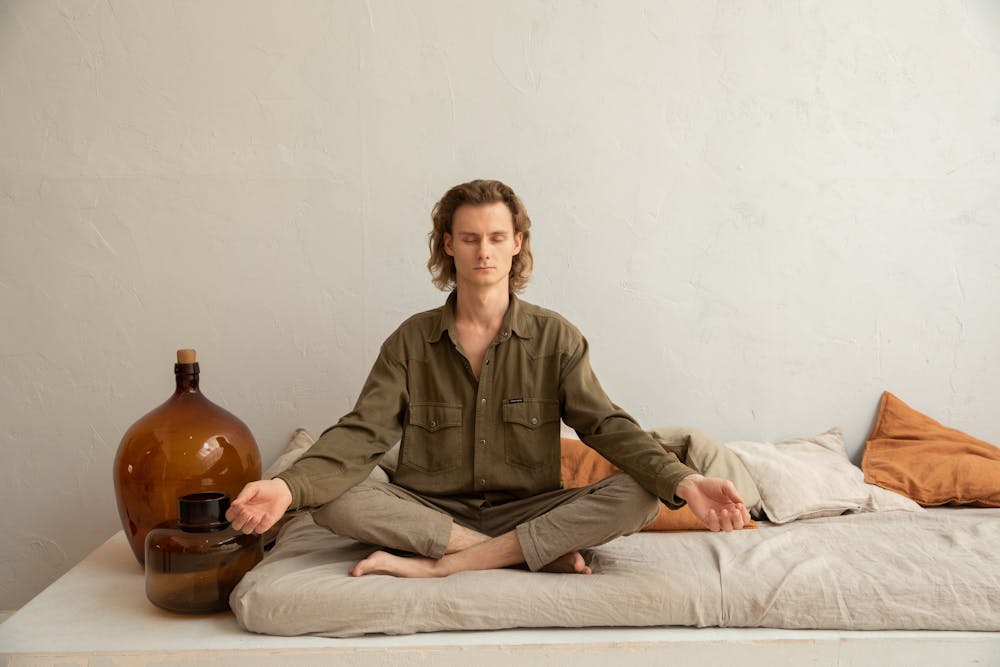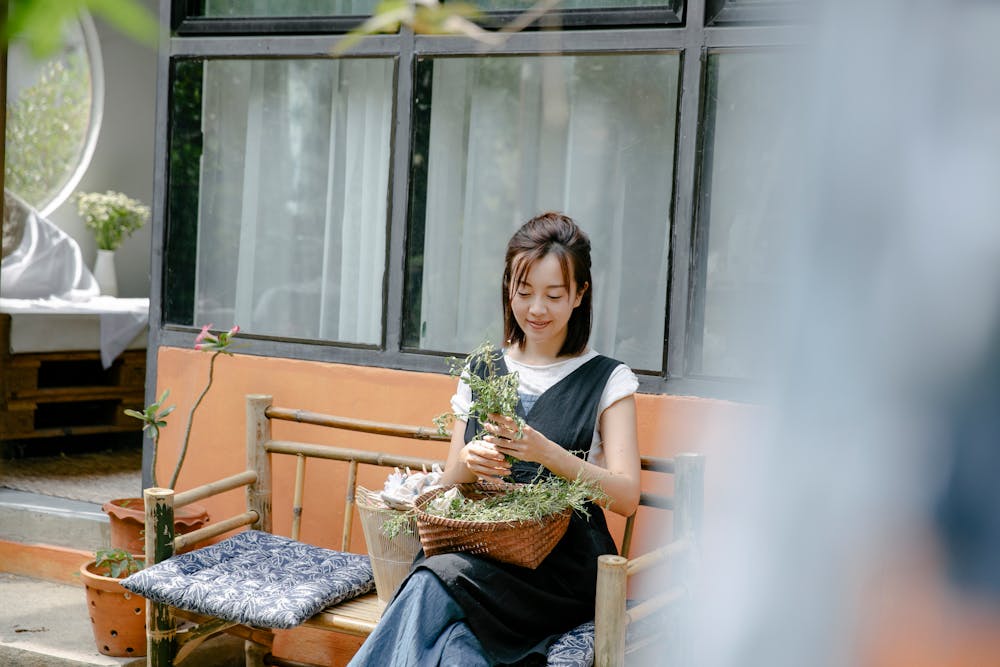As I explore the depths of home design and personal wellness, I find myself captivated by the ancient art of Feng Shui—a practice that goes beyond mere aesthetics to create harmonious spaces that nurture our well-being. Let me share with you the profound insights and transformative principles that have enriched my understanding of Feng Shui, and how it offers a pathway to cultivating balance, tranquility, and vitality in our lives.
 Feng Shui, which translates to “wind and water” in Chinese, is a philosophy that originated thousands of years ago and is deeply rooted in the belief that our surroundings profoundly influence our physical, emotional, and spiritual health. At its core, Feng Shui is about creating environments that support the flow of Qi—the vital life force energy—and promote harmony and balance in all aspects of our lives.
Feng Shui, which translates to “wind and water” in Chinese, is a philosophy that originated thousands of years ago and is deeply rooted in the belief that our surroundings profoundly influence our physical, emotional, and spiritual health. At its core, Feng Shui is about creating environments that support the flow of Qi—the vital life force energy—and promote harmony and balance in all aspects of our lives.
 One of the fundamental principles of Feng Shui is the concept of yin and yang—the complementary forces of the universe that represent balance, harmony, and equilibrium. In Feng Shui practice, yin and yang are expressed through the arrangement of elements such as light and dark, soft and hard, and stillness and movement within a space. By creating a balance of yin and yang energies, we can foster a sense of equilibrium and well-being in our environments.
One of the fundamental principles of Feng Shui is the concept of yin and yang—the complementary forces of the universe that represent balance, harmony, and equilibrium. In Feng Shui practice, yin and yang are expressed through the arrangement of elements such as light and dark, soft and hard, and stillness and movement within a space. By creating a balance of yin and yang energies, we can foster a sense of equilibrium and well-being in our environments.
 Another key principle of Feng Shui is the use of the Bagua—a symbolic map that divides a space into nine areas, each corresponding to different aspects of life such as health, wealth, relationships, and career. By applying the Bagua to our living or working spaces, we can identify areas that may be out of balance and make adjustments to enhance the flow of energy and support our intentions and goals in each area of life.
Another key principle of Feng Shui is the use of the Bagua—a symbolic map that divides a space into nine areas, each corresponding to different aspects of life such as health, wealth, relationships, and career. By applying the Bagua to our living or working spaces, we can identify areas that may be out of balance and make adjustments to enhance the flow of energy and support our intentions and goals in each area of life.
 Feng Shui also emphasizes the importance of decluttering and organizing our spaces to promote the free flow of energy, known as Qi. Clutter not only obstructs the flow of Qi but also creates stress and mental clutter in our minds. By clearing clutter and creating an environment that is clean, organized, and uplifting, we can invite positive energy into our spaces and cultivate a sense of peace, clarity, and serenity in our lives.
Feng Shui also emphasizes the importance of decluttering and organizing our spaces to promote the free flow of energy, known as Qi. Clutter not only obstructs the flow of Qi but also creates stress and mental clutter in our minds. By clearing clutter and creating an environment that is clean, organized, and uplifting, we can invite positive energy into our spaces and cultivate a sense of peace, clarity, and serenity in our lives.
 In addition to decluttering, Feng Shui encourages the use of natural elements such as plants, water features, and natural light to enhance the flow of energy and create a sense of connection to the natural world. Plants, in particular, are highly valued in Feng Shui for their ability to purify the air, soften harsh lines, and infuse spaces with vibrant energy and vitality.
In addition to decluttering, Feng Shui encourages the use of natural elements such as plants, water features, and natural light to enhance the flow of energy and create a sense of connection to the natural world. Plants, in particular, are highly valued in Feng Shui for their ability to purify the air, soften harsh lines, and infuse spaces with vibrant energy and vitality.
 Moreover, Feng Shui emphasizes the importance of intention and mindfulness in creating harmonious spaces. By setting clear intentions and infusing our environments with positive energy and intention, we can create spaces that support our goals, dreams, and aspirations, and nourish our souls on a deep level.
Moreover, Feng Shui emphasizes the importance of intention and mindfulness in creating harmonious spaces. By setting clear intentions and infusing our environments with positive energy and intention, we can create spaces that support our goals, dreams, and aspirations, and nourish our souls on a deep level.
 In conclusion, the art of Feng Shui offers a profound pathway to creating harmonious spaces that nurture our well-being and support our journey toward balance and vitality. By applying the principles of balance, harmony, decluttering, and intention, we can transform our living and working environments into sanctuaries of peace, beauty, and inspiration. As we embrace the wisdom of Feng Shui and align our spaces with the flow of Qi, may we cultivate greater health, happiness, and harmony in our lives, and create spaces that truly reflect the beauty and abundance of our innermost selves.
In conclusion, the art of Feng Shui offers a profound pathway to creating harmonious spaces that nurture our well-being and support our journey toward balance and vitality. By applying the principles of balance, harmony, decluttering, and intention, we can transform our living and working environments into sanctuaries of peace, beauty, and inspiration. As we embrace the wisdom of Feng Shui and align our spaces with the flow of Qi, may we cultivate greater health, happiness, and harmony in our lives, and create spaces that truly reflect the beauty and abundance of our innermost selves.




![Detox Your Home [Guide]: How to Create a Healthier Living Space purification for detox your home [guide]: how to create a healthier living space](https://www.trendynutritionhub.com/wp-content/uploads/2025/11/temp_purification_1763342236-150x150.webp)

![Boost Your Energy: A Natural Morning Routine Guide [2025] habits for boost your energy: a natural morning routine guide [2025]](https://www.trendynutritionhub.com/wp-content/uploads/2025/11/temp_habits_1763342040-150x150.webp)
![Unlocking Wellness: How to Reduce Exposure to Toxins [2025] living for unlocking wellness: how to reduce exposure to toxins [2025]](https://www.trendynutritionhub.com/wp-content/uploads/2025/11/temp_living_1763341946-150x150.webp)



